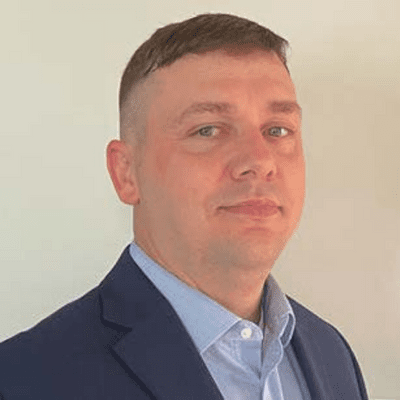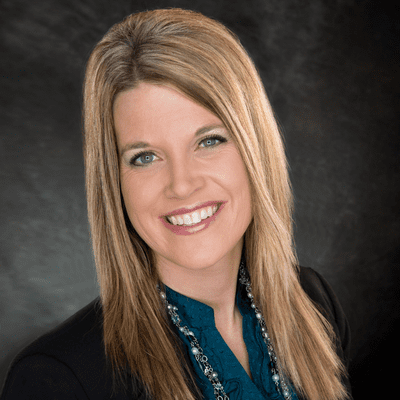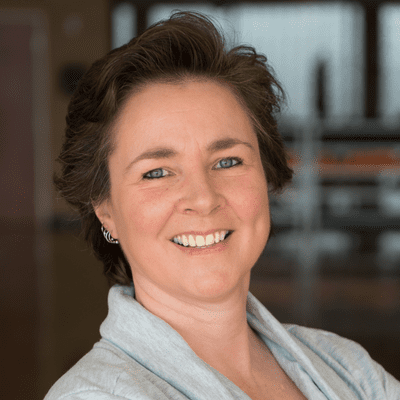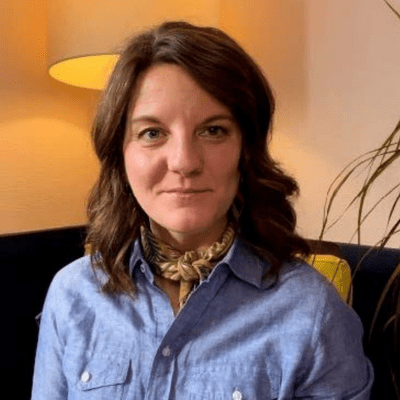No one healthcare provider, discipline or field can meet all the health needs of a person or community. The traditional hierarchical structure of mainstream healthcare inherently limits input from some professions and stakeholders, and importantly, often relegates the patient to a passive or deferential role. (34) Historically, gate keepers have reinforced a hierarchical structure and may limit access to care based on cost and other considerations.
Multidisciplinary care places disciplines adjacent to one another. Interdisciplinary care engages disciplines with one another, reaching across siloes of thinking. Transdisciplinary care is the most holistic of these three concepts, transcending differences in the interest of bringing multiple ideas and points of view to bear on complex problem solving. (35) The lead in the care team may be any practitioner, depending on the needs of the patient at a given moment. All team members, including the patient, are empowered to lead and share insights from where they are, regardless of level of education. Transdisciplinary healthcare removes barriers between disciplines, departments and organizations that are typically siloed within the healthcare system. (36)
The system must be designed for fluid leadership of all stakeholder groups: patients, families, community members, and staff to improve care delivery and outcomes. Collaborative leadership and transdisciplinary care are interdependent. Both leverage cross-functional teams to inform problem solving larger systems. This may include individuals, families, communities, social services, community resources, healthcare professionals, administrators, government, and third-party payers. Transdisciplinary healthcare is predicated on enhanced communication tools, including improved electronic health record interoperability, as well as increased opportunity for interprofessional education for healthcare professionals.
Collaborative leadership flattens the traditional hierarchical structure within healthcare. This shared decision-making model enables input from all stakeholders. In a clinical encounter, patient input is valued, and individuals feel well-informed and empowered by all members of their healthcare team to reach their therapeutic goals. Different members of the care delivery team may need to lead at different times, and the person leading at any point in time is determined by best practices and expertise required for the circumstances in question. Further, a collaborative leadership model enables diverse paradigms of healing, life experiences, and points of view to bring important perspective to the clinical reasoning process. Collaborative leadership within healthcare systems values a wide range of stakeholder input and uses it to inform care delivery. This model has been shown to increase team performance, staff engagement, and satisfaction. (37)




